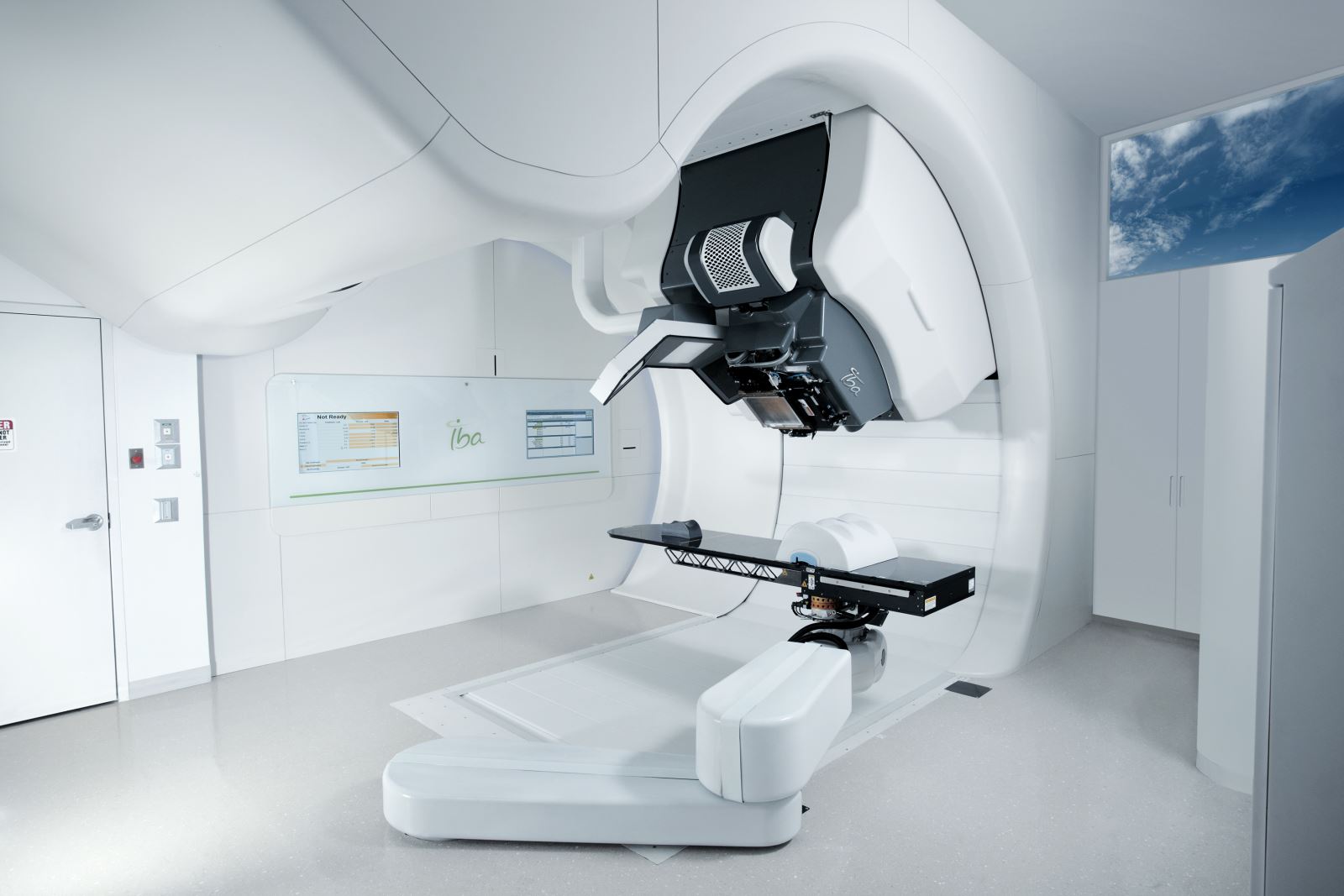
Proton beam therapy (Proton beam therapy, PBT) is an advanced technology in the field of radiotherapy, and it is a fairly mature technology clinically. Major hospitals and medical centers around the world have invested in the research and construction of proton therapy. The advantage of proton therapy is that it can effectively lock the tumor site, release the radiation dose, and increase the local control rate. The physical properties of the Bragg peak of the proton beam, when the proton beam penetrates human tissues, it can reduce the damage to normal tissues and give high-dose effective treatment to cancer cells, which can not only achieve the goal of treatment, but also reduce complications. Improve the quality of life of patients greatly. Proton therapy has become a global radiation tumor treatment trend.
Taipei Medical University system continues to integrate the research and medical resources of the university and the three affiliated hospitals, and strives to develop into a world-class medical university and a world-class cancer center. Taipei Medical University Hospital began its evaluation in November 2012, knowing that the proton therapy machine is an indispensable tool for cancer radiation precision treatment, and it will become the mainstream of cancer treatment. Taipei Medical University passed the school affairs meeting in May 2013 and the board of directors in June of the same year. The task team was formed by Professor Jeng-Fong Chiou, the vice president of Taipei Medical University Hospital and director of the cancer center at the time, and began preparations and applications to the health authorities. After many applications, it is rare to obtain the approval of the Ministry of Health and Welfare at the end of 2016, one of the seven medical institutions in the country under the fierce competition in the country, and the official approval letter in January of 2017, to start Taipei Medical University’s milestones in cancer treatment.
The proton center of Taipei Medical University Hospital has been built for more than four years. It provided cancer patients with world-class medical technology and holistic medical care services in 2022 years. First pediatric patient was treated by proton therapy in our hospital on 1/8/2022. The center has advanced superconducting proton therapy equipment and is expected to serve about 300 proton therapy patients each year.
Our proton center has the following features:
Integrate with the latest functions, Taiwan’s first superconducting cyclotron, high-speed pencil beam intensity control, 6-dimensional robotic couch and cone beam computer tomography navigation and other advanced equipment, integrated and integrated with the original factory linkage upgrades, such as Flash ultra-high dose rate proton therapy under development, Arc dynamic arc proton therapy, etc., will be seamlessly upgraded in the future.
Set up in the prosperous Xinyi District, close to schools, hospitals and nearby homes, and adopt an all-underground building that is rare in the world to increase the accessibility of medical treatment.
Combine the affiliated hospitals of Taipei Medical University and other cooperative hospitals to use the essential sub-machines to expand the service level. And on the IBA sharing platform, you can share treatment experience and the latest research and development results with international proton centers such as Harvard, University of Pennsylvania and other excellent proton centers, and move to machine system upgrades.
Use the advantages of the new technology of the next-generation proton machine to develop new treatment modes, such as: proton knife radiosurgery, proton combined hyperthermia, proton combined immunotherapy, proton combined cell therapy, etc.
The advantage of proton therapy over photon therapy is that the proton beam can be adjusted in the body by adjusting the energy level, so that the radiation energy is more concentrated and released at the tumor site, so it has the opportunity to reduce the damage to the normal tissues near the tumor. Effective and better radiation therapy option. For example, clinical studies have proven that it can increase the success rate of treatments for skull base tumors, liver cancer, and early-stage lung cancer, and reduce the incidence of side effects in patients such as pediatric tumors and head and neck cancer. With the evolution of proton technology, more than 220,000 people worldwide have received proton therapy, and experience with anti-cancer drugs has gradually accumulated, and other common cancers such as head and neck cancer, prostate cancer, and lung cancer have been gradually applied.
Protons can be expected in the future. The treatment will cover general radiotherapy indications, and try to break through some cancer types that are not effective in traditional radiotherapy.